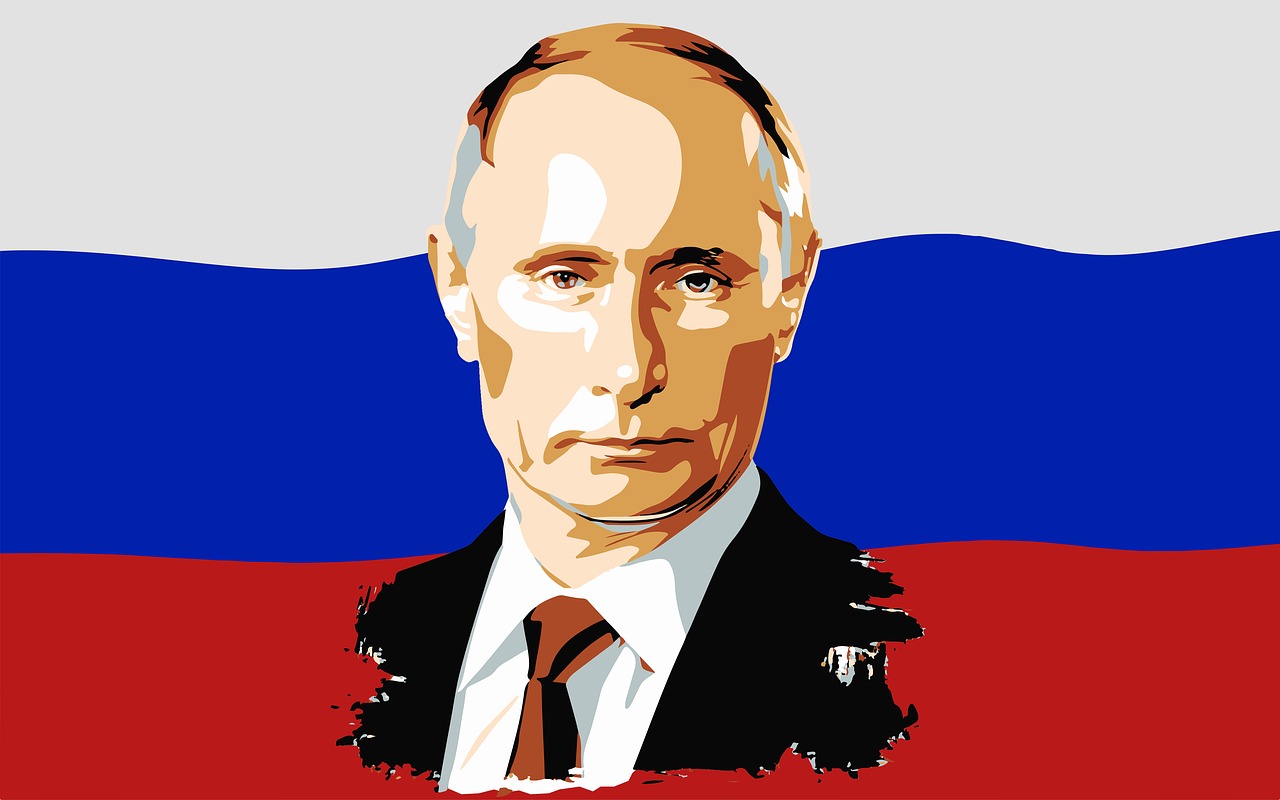News
After 70 years, Stalin’s shadow still looms over Russia and Ukraine – but Putin is a tyrant in his own right

Now, more than 30 years after the end of the cold war Stalin played such a large part in starting, Moscow is back in the grip of an authoritarian leader in the form of Vladimir Putin. (Pixabay photo)
Joseph Stalin took his last breath 70 years ago. He died of a cerebral haemorrhage on March 5 1953, aged 74, at his dacha – or country house – west of the Kremlin in a leafy pocket of Moscow’s urban sprawl.
Now, more than 30 years after the end of the cold war Stalin played such a large part in starting, Moscow is back in the grip of an authoritarian leader in the form of Vladimir Putin. The Russian president may head a “democratic government” in name but, in reality, it is much closer to a dictatorship.
Questions of historical continuity inevitably arise over the extent to which the Stalin era continues to inspire Russia’s rulers and its people, and whether Stalin bears any responsibility for Russia’s brutal war in Ukraine.
Is there a deeper logic at play here? Is it possible to rule Russia in its current form, with its enormous size, terrible history and imperial mindset, as anything other than a murderous dictatorship?
Every dictatorship stems from the same source: state power, largely unchecked, with the will and capacity to remove opposition and enforce obedience with extraordinary severity. Putin’s Russia has revived much of the old Soviet template.
There is the criminal justice system that’s become easier for the state to control.
There is the language of civilisational struggle. Once it was socialism versus capitalism, now it is “traditional” Russian values pitted against western liberal principles. The USA remains the primary target, but this is an inclusive xenophobia. Almost anybody in Russia may now be branded a “foreign agent” for anything as vague as coming under foreign “influence” and then engaging in anything political.
There is the stark inversion of rhetoric and reality. Socialism was loudly proclaimed in the late 1930s while nearly a million people were executed in silence. Today, a nuclear-armed Russia claims to be fighting its more vulnerable neighbour to preserve its own people from fascism.
And then there is Ukraine itself, because this is not the first time the country has been ravaged by decisions taken in Moscow. The Holodomor – the terrible famine in the early 1930s – took millions of Ukrainian lives following radical changes to Soviet agriculture. (Millions of others, especially Kazakhs, also died of famine during these years.)
Rehabilitating Stalin?
For several years now, much has been made about the apparent revival of Stalin’s popularity in Russia. In 2019, an opinion poll suggested that 70% of Russians had a largely positive view of Stalin’s leadership. Much of this has to do with the cult of victory of the second world war (Russia’s “great patriotic war”), arguably the greatest triumph of Stalin’s rule.
But to liken Putin’s Russia to that of Stalin – based partly on Stalin’s recent rehabilitation – is flawed for at least a couple of reasons. For one, there are the significant differences between the Soviet Union and today’s Russia.
In a country largely controlled by the super-rich and elite allies of Putin, it makes no sense for Russia’s rulers to stress their Soviet predecessors’ commitment to some form of socialism. Nor would it help by dwelling on Soviet leaders’ oft-proclaimed anti-imperialism, even though they created an empire of their own.
And what about Stalin’s attitude towards Ukraine? He thought a distinctive Ukrainian identity would cease to exist, but not because Ukraine was merely an offshoot of a Great Russia. Stalin believed all nationalities would eventually dissolve into socialist internationalism.
Historical revisionism
This brings us neatly to Russia’s attitude towards its Stalinist past. For its rulers, the most consistent message in the Putin era has been the importance of a strong state that can safeguard Russia’s interests and unique historic identity – and the Soviet triumph in 1945 fits very well here.
But this is a necessarily selective approach to its Stalinist past, and it hasn’t been without complexity and criticism. In recent years Russia’s rulers acknowledged and condemned the crimes of the Stalin regime against its own people. Putin even dedicated a memorial wall to victims of Stalinist repression.
And what of the Russian people? Before 2022, even as Stalin’s overall reputation was on the rise, people were more inclined to condemn Stalinist repression than to excuse it. In fact, in 2018 more Russians than not seemed to think Stalin was an “inhuman tyrant”.
It is very difficult to weigh these questions in the middle of a horrifying war that challenges our sense of historical proportion. But if the Stalin era has inspired Russia’s actions in Ukraine, it has done so only through a selective approach to the past.
Nothing comes from nothing. Centuries of imperial rule and decades of dictatorship undoubtedly nourished the soil from which the Putin regime has emerged. But Putin’s quasi-dictatorship took time to form, and until the 2020s it was not yet clear how far Russia’s direction of travel would depart from more democratic and liberal values, or that its war in Ukraine would escalate so drastically.
More generally, we should not overestimate the importance of history. No group of people is trapped within a self-inflicted pattern of historical behaviour from which it is impossible to escape. And yet, the exodus of Russians since February 2022 suggests that some of those most likely to support a liberal alternative may never return.![]()
James Ryan, Lecturer in Modern European (Russian) History, Cardiff University
This article is republished from The Conversation under a Creative Commons license. Read the original article.





















